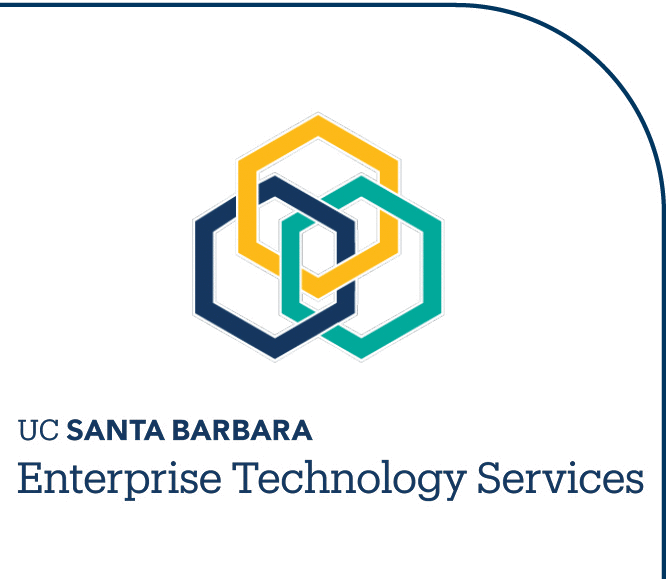Selection of the Option to Meet the Requirements for New Telephone Lines
after January, 1996
(Presented to the Telephone Advisory Committee at their 9/22/95 meeting)
From the recommendations in the paper Options
for Future Telephone Service at UCSB, dated May 25, 1995:
Requests for new telephone lines continue to arrive and we project
that all available lines will be in use by January, 1996. A decision on whether
or not to provide additional telephone lines after January, augment the existing
telephone system, or begin obtaining temporary telephone service from GTE should
be made with ample time for implementation. If the GTD4600 switch is to
augmented, the decision to do so must be made by September 1."
Summary of the options for future telephone service (also from the
"Options for Future Telephone Service at UCSB"):
In all of the following options, the phrase "replace the system"
means install a new campus-owned system, lease service from a vendor using a
system installed on-campus, or lease service from a vendor using a system
installed off-campus.
- Expand the GTD4600 to meet requests for new lines until the end of the
original Certificates of Participation repayment date of September 1, 2000 (the
need is projected to be at 6,345 lines by that date) and then replace the
system.
- Acquire additional equipment to expand the GTD4600 to meet the requests for
new lines until July, 1997 (the current end of amortization) and then replace
the system.
- Move some telephone equipment (e.g., modems and emergency telephones) off
of the GTD4600 onto GTE business lines in an effort to extend the useful life of
the current configuration until July, 1996 and then replace the system in July,
1997. Under this option, requests for new telephone lines between July,
1996 and July, 1997 could not be satisfied.
- Convert an unused portion of the 893 prefix to Centrex, provide a hybrid
service to meet the requests for line growth until July, 1997 and then replace
the system.
- A combination of options 3 and 4 above.
- Move some telephone equipment (e.g., modems) off of the GTD4600 onto a new
stand-alone telephone system, use the stand-alone system to support emergency
telephones, the modem pool, and campus line growth until July, 1997 and then
replace the system.
- Replace the GTD4600 with leased service from GTE's Central Office in
Ellwood, no later than the first quarter of 1996.
With the September 1 deadline in mind, Communications Services' staff
evaluated the 7 options, weighing the costs, technical issues, and long term
implications of each solution, and eliminated or postponed the following 4
options:
Option 1 (expand the switch to last until September, 2000)
- This is a five year commitment, and should be a committee decision.
- Selecting another option at this time would not preempt this option as a
final solution.
Option 3 (recover working lines in the switch, and replace by July,
1997)
- Requests for new telephone lines between July, 1996 and July, 1997
could not be satisfied and the campus community would probably not accept this
option.
Option 4 (Hybrid CentraNet service to augment line capacity)
- There are "911" limitations and safety issues.
- Feature limitations (loss of camp-on with callback, etc.) were perceived
as an impediment to one's ability to perform their job.
- Political and administrative issues are associated with the reassignment
of telephone lines on the GTD4600 as they became available as the result of
telephone disconnection requests.
- There would be a loss of voicemail features.
Option 7 (lease service from GTE's Central Office in Ellwood)
- This is a seven year commitment, and should be a committee decision.
- Eliminates the time required for needs assessment, consultation, and
competitive procurement.
- Selecting another option at this time would not preempt this option as a
final solution.
Having postponed or eliminated the above options, the three remaining
options were evaluated and Option 2 (acquire additional equipment to
expand the GTD4600 to meet the requests for new lines until July, 1997) was
selected because it was the least expensive of the three remaining alternatives,
and because it represents a "business as usual" solution for the
campus.
PTV

